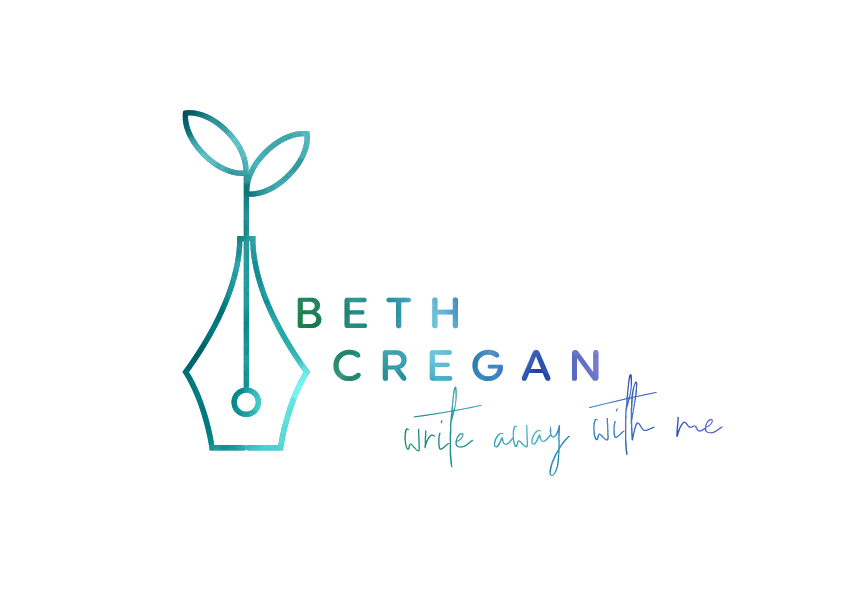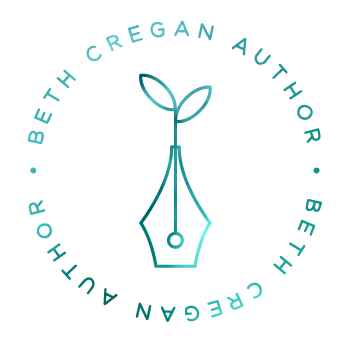I sometimes hear teachers say; “I’m not creative.” I always find this amusing because teaching is one of the most creative professions I know. If you're a teacher, I can make a sure bet that you're invested in the art of being creative. You may not feel ‘artistic’ which is the accepted definition of creativity, but when it comes to managing creative processes, teaching is something of an extreme sport. Teachers are immersed in creative thinking process every day. And not just when you are teaching creative subjects.
In his book The Accidental Creative, Todd Henry writes about the importance of stimuli to the creative process, and how critical it is to have a deep well of ideas and resources from which to draw when you need a great idea.
That all sounds good in theory but once the year gets going and there’s a pile of papers on your desk and curriculum meetings to attend, not to mention the daily grind, developing your creative thinking skills ranks poorly on your list of priorities. Enter the study plan. It's an exciting reading, writing and thinking practice that you can master and then share with your students.
What Is a Study Plan?
In a nutshell, it's is a simple, regular practice which involves reading and reflecting on a range of books across many genres. A study plan gives you real bang for your reading buck. It's a low-cost investment in your creativity. I enjoy reading but I often don’t absorb the key points. There is just no space inside my head. Or I read on the run, skimming through the pages quickly looking for that one activity or idea that will save my life! Once you absorb this practice (which is all the rage in the entrepreneurial world) you'll see how it could transform both your life and your classroom.
A Study Plan in Five Simple Steps
Grab Your Materials
a folder
some loose-leaf paper
a pen
some dividers. I use the dividers so I can keep notes about the same book all in the one place. That way, I can have more than one book on the go.
2) Getting Started
Make a list of books you would like to read as part of your study plan. These books can be about any topic that sparks your creativity and interest. In fact, Todd Henry goes by the theory that having more than one book on the go is a good thing as it helps you play with a variety of different ideas simultaneously. Simply google a range of your interests and collect articles, books, magazines online. Or head down to your library. Here are the three books on my study plan list. The first is a non-fiction book about fragrance, the second a personal development book and the third, a book about writing memoirs complete with a range of writing prompts and ideas.
3) Make Time
Schedule in some time for your study plan. We all know it doesn’t happen if its not in the diary. I like to devote three blocks of 30 minutes (minimum) a week to my study plan. If your class read every day, maybe you could use this time for your study plan. This will spark interest in what you are doing. Or gather a team of teachers to form a book club with a difference. If you’re stuck for time, could you devote one lunchtime a week to reading? It might be a welcome change from running around and eating your lunch on the run. You deserve that much. And no one could say you're aloof or anti-social you're working on your study plan.
4) The Process
Now the difference between just reading and your study plan is that while you read, you're going to jot down notes, ideas and reflections.
5) Making Connections: Three Avenues to Explore.
Jot down quotes or ideas you like on sheets of loose leaf. Mark in page numbers for easy reference. Pick anything that stands out to you and note why it resonates.
Consider a problem or an idea you are currently playing or struggling with in your work or life. Could something you read give you a slightly different or new perspective? You’re looking for patterns. For example, I’m currently reading David Whyte’s ‘Crossing the Unknown Sea: Work as a Pilgrimage of Identity.’ As he talks about leadership and stepping up to captain your own ship, I see connections between this and my parenting journey. I am supporting my daughters through that transition from teenagers to young adults, to captaining their own ships.
Look for insights or new ideas - What did I learn today that I didn’t know before? Spend some time considering new insights that you’d not previously heard or considered. How could you use this information in your life today?
It's exciting isn't it?
Straight away, you can see the transformative power of reading and writing. But are you starting to join the dots to see how this might work in your classroom?
Reading comprehension is an important skill. So are higher order thinking skills. Could we ditch the prescribed worksheets and use interesting articles or books related to class topics instead? Could students choose these for themselves? Now there's a great homework task. Could they share their reflections with the class after a reading session? It could lead to some wonderful discussions. Could students review the most interesting articles and share these with their friends? Could this simple practice bring reading and writing to life in a more meaningful way? It's just making connections between ideas isn't it? Simple. But believe me, it's where the real creative jewels lie. Go wild with the possibilities.








